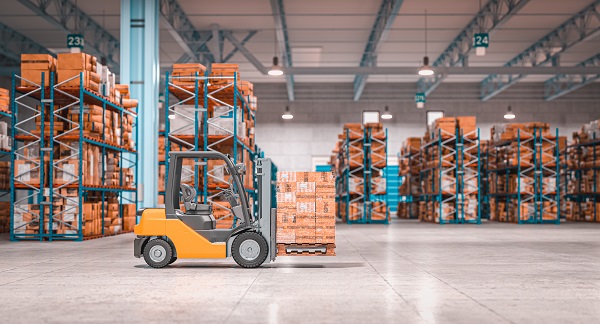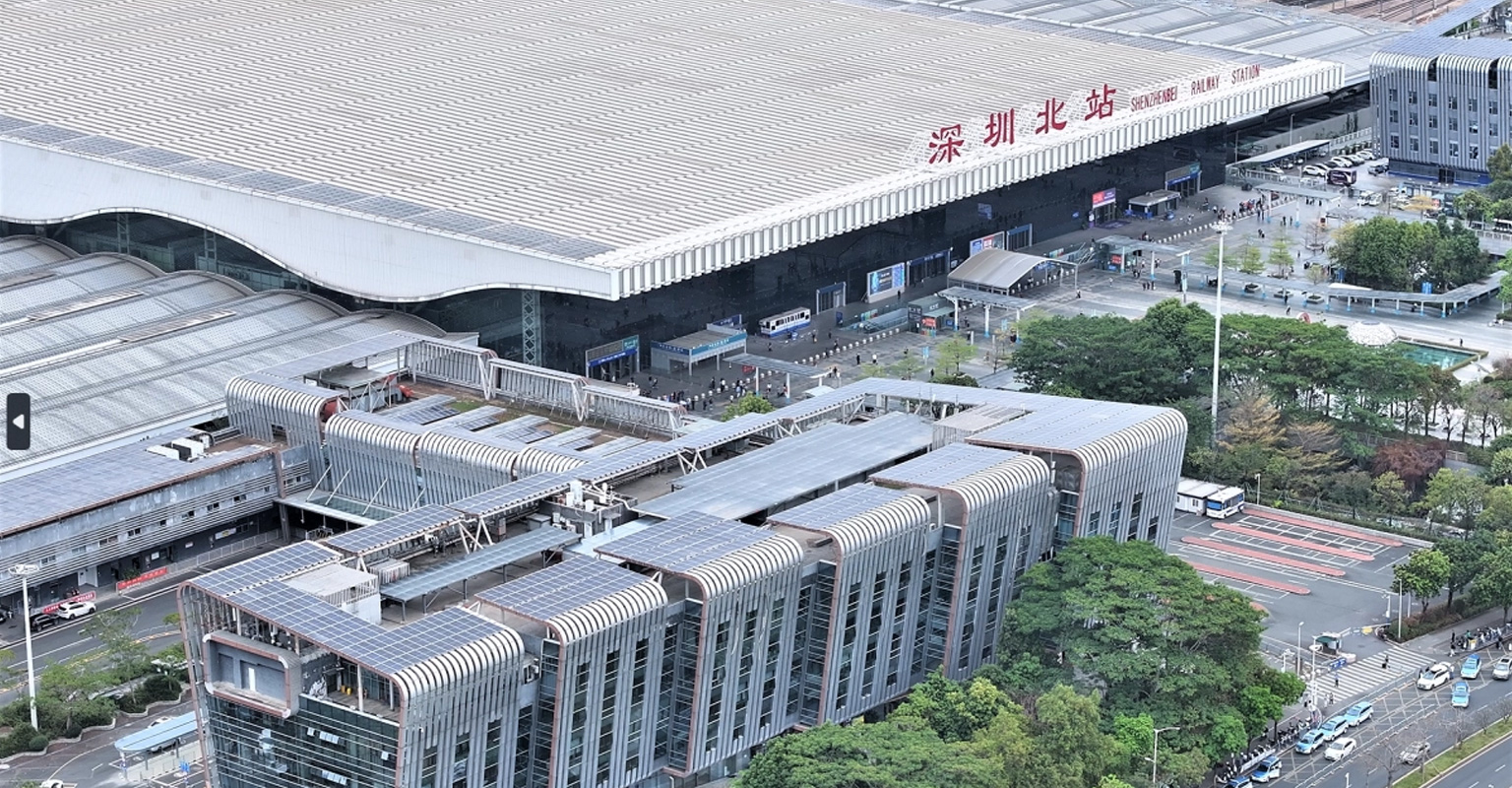Overview
Vision powers material handling and traction equipment—including forklifts, aerial platforms, AGVs, pallet trucks, and sweepers, etc.—with modular lithium batteries engineered for demanding multi-shift operations. Our high-capacity systems drive heavy-duty industrial applications, featuring robust safety architecture and cloud-connected intelligence for operational oversight. Validated through global industrial partnerships, Vision batteries deliver consistent performance exceeding 3,500 full cycles in extreme conditions. From warehouse logistics to construction sites, we provide resilient power solutions built to withstand rigorous daily use without compromise.

Advantages
-
Smart Management Module with Real-Time Monitoring
- Built-in BMS enables real-time battery status tracking and early fault prevention.
 Smart Management Module with Real-Time Monitoring
Smart Management Module with Real-Time Monitoring -
High Safety & Wide Temperature Adaptability
- Stable performance under extreme conditions ensures equipment safety.
 High Safety & Wide Temperature Adaptability
High Safety & Wide Temperature Adaptability -
Reusable & Pollution-Free
- Eco-friendly design supports sustainability with recyclable materials.
 Reusable & Pollution-Free
Reusable & Pollution-Free -
Long Cycle Life
- Durable and reliable for frequent, long-term use, reducing replacement costs.
 Long Cycle Life
Long Cycle Life
Customer Value
Application Scenarios
-
 01Lithium Battery Solution for ForkliftsDesigned for electric forklifts, stackers, and other logistics equipment, featuring high energy density and fast charging for long-duration operation. Enhances warehousing and handling efficiency while reducing maintenance and replacement costs.
01Lithium Battery Solution for ForkliftsDesigned for electric forklifts, stackers, and other logistics equipment, featuring high energy density and fast charging for long-duration operation. Enhances warehousing and handling efficiency while reducing maintenance and replacement costs. -
 02Lithium Battery Solution for Golf CartsSpecifically built for golf carts, combining a lightweight structure with stable discharge performance. Delivers smooth driving and long-lasting power, supporting efficient operation in golf courses, resorts, and parks.
02Lithium Battery Solution for Golf CartsSpecifically built for golf carts, combining a lightweight structure with stable discharge performance. Delivers smooth driving and long-lasting power, supporting efficient operation in golf courses, resorts, and parks. -
 03Lithium Battery Solution for Aerial Work PlatformsApplied in scissor lifts, boom lifts, and other aerial equipment. Delivers high safety and stability, ensuring reliable operation even in complex work environments—supporting efficient and low-carbon construction.
03Lithium Battery Solution for Aerial Work PlatformsApplied in scissor lifts, boom lifts, and other aerial equipment. Delivers high safety and stability, ensuring reliable operation even in complex work environments—supporting efficient and low-carbon construction.
FAQs
-
qHow to properly store batteries?aTo ensure safety and extend battery life, follow these guidelines:
1. Environment: Store in a dry, cool, and well-ventilated place. Avoid direct sunlight and heat sources. Recommended temperature: 5°C–25°C; humidity: 45%–75%.
2. Charge level:
-Lead-acid: Fully charge before storage; recharge every 3 months.
-Lithium: Store at 30%–60% charge; check voltage every 6 months and recharge if needed.
3. Safety: Prevent short circuits by insulating terminals. Keep away from metal objects. Avoid drops and strong impacts.
4. Separation: Clearly label and separate new and used batteries. Recycle used batteries promptly.
5. Packaging: Use original or insulated packaging to protect from dust, moisture, and physical damage. -
qWhat should be noted when transporting batteries?aEnsure batteries pass UN38.3 testing before shipment, use shockproof and short-circuit-proof packaging with proper labeling. Lithium batteries for air transport must not exceed 30% charge and require complete transport documentation. Damaged or swollen batteries are prohibited from transport.



















































 Name
Name Tel
Tel Email
Email Country
Country Company
Company Information
Information